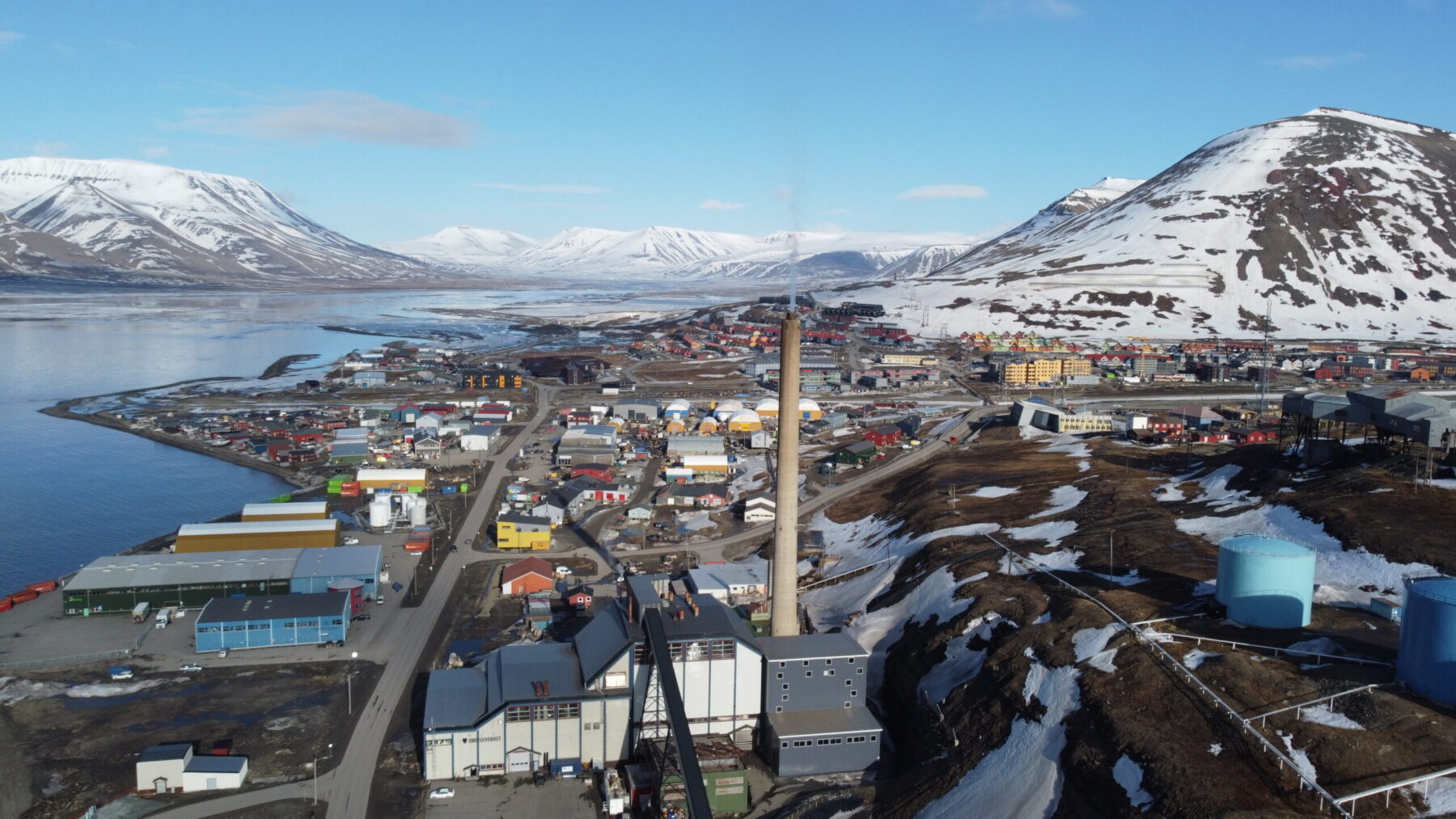For decades Longyearbyen, the capital of the Norwegian polar archipelago of Svalbard, was powered by coal. But no more. On 19 October, the town’s power plant stopped running on probably the most environmentally unfriendly power source there is.
Featuring image: Longyearbyen’s energy installations (Press photo by Svalbard Energi)
The Longyearbyen powerplant used to put 280,000 tons of CO2 in the atmosphere, yearly. Since it opened in 1983. Before that older power plants also ran on coal, since the 1920s.
The arctic island will first switch to diesel generator “as first step in the transformation to an energy system with low-carbon emissions”, a press release by owner Svalbard Energi reads.
“Our primary assignment stays the same,” a second press release says, “to secure the energy supply to the inhabitants of Longyearbyen, against acceptable prices of power and warmth.”
Longyearbyen is the main settlement on Svalbard, with 2,600 inhabitants. The Nordic Reporter already reported earlier on the upcoming, but delayed closing of the last Norwegian coal mine on Svalbard. (Read Norway Keeps Its Only Coal Mine Open, on Svalbard, at Nordicreporter.com)
Russian coal in Barentsburg
However, this is not the end of coal power on Svalbard. The Russian enclave on the island, Barentsburg located 55 kilometres from Longyearbyen, will continue to use coal power. Initially a Dutch settlement, the Netherlands sold it to the then Soviet Union in 1932. The mining area is also known as Pyramiden, and was already a concern in 2019. (Read the story Svalbard strangely flocked by Russian tourists at Nordicreporter.com)
The presence of Russia on Svalbard has led to new tensions between Norway and Russia, and the inhabitants of the two parts. The Norwegians see Russia expanding its footprint in the Arctics, with the Russian aggression in Ukraine leading to even more tensions. Barentsburg used to have about 400 to 500 inhabitants, but recent numbers are missing. | © 2023 Marcel Burger, nordicreporter.com
